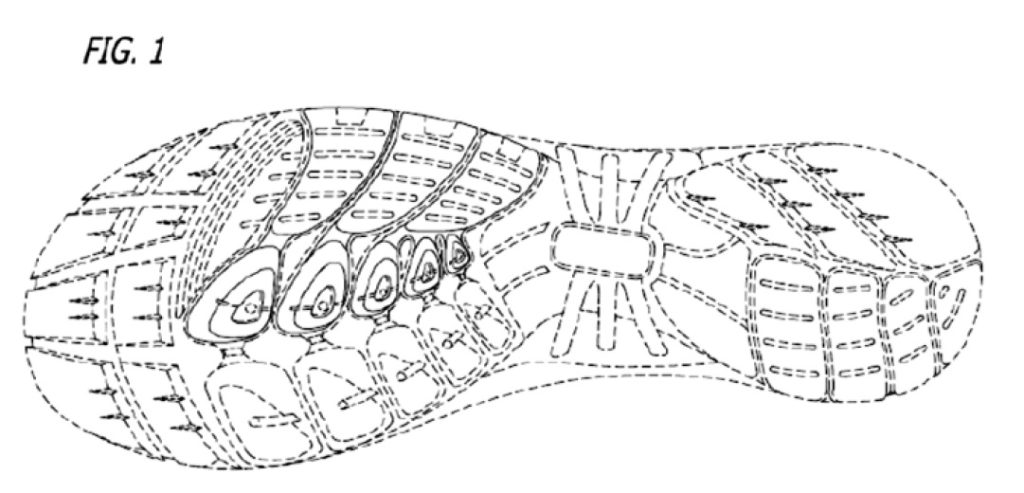In Click-to-Call Technologies, LP v. Ingenio, Inc., [2015-1242] (August 16, 2018), the Federal Circuit concluded that the Board committed legal error in rendering its § 315(b) determination, and vacated the Board’s Final Written Decision and remanded with instructions to dismiss IPR2013-00312.
With respect to the § 315(b) issue, the Board acknowledged that Ingenio was served with a complaint alleging infringement of the ’836 patent on June 8, 2001. The Board nonetheless concluded that Ingenio had not been served more than a year before the May 28, 2013, filing of the Petition because the Federal Circuit consistently has interpreted the effect of such dismissals as leaving the parties as though the action had never been brought. The issue before the Federal Circuit was whether the Board
erred in interpreting the phrase “served with a complaint alleging infringement of [a] patent” recited in § 315(b) such that the voluntary dismissal without prejudice of the
civil action in which the complaint was served “does not trigger” the bar.
The Federal Circuit’s analysis began with the language of §315(b), noting that the plain and unambiguous language stated an IPR “may not be instituted if the petition
requesting the proceeding is filed more than 1 year after the date on which the petitioner, real party in interest, or privy of the petitioner is served with a complaint alleging infringement of the patent. The Federal Circuit observed that the statute does not contain any exceptions or exemptions for complaints served in civil actions that are
subsequently dismissed, with or without prejudice. Further the statute does it contain any indication that the application of § 315(b) is subject to any subsequent act or ruling. Instead, the provision unambiguously precludes the Director from instituting an IPR if the petition seeking institution is filed more than one year after the petitioner, real party in interest, or privy of the petitioner “is served with a complaint” alleging patent infringement. The Federal Circuit concluded: “Simply put, § 315(b)’s time bar is implicated once a party receives notice through official delivery of a complaint in a civil
action, irrespective of subsequent events.”
The Federal Circuit said that courts must avoid adding conditions to the applicability of a statute that do not appear in the provision’s text. The Federal Circuit noted that Congress specifically addressed the effect of a dismissal of an IPR petitioner’s district court action in § 315(a)(2), but did not include any similar language in § 315(b). Congress also demonstrated that it knew how to provide an exception to the time bar by
including a second sentence in the provision: “The time limitation set forth in the preceding sentence shall not apply to a request for joinder under subsection (c).” 35
U.S.C. § 315(b). Similarly, Congress could have chosen to include a variation of the phrase “unless the action in which the complaint was served was later dismissed
without prejudice,” but it did not do so. The Federal Circuit rejected the Board’s effort to graft this additional language into § 315(b).
The Federal Circuit further said that the legislative history of § 315(b) further supports the understanding that its time bar concerns only the date on which the complaint was formally served.
Considering Chevron deference, the Federal Circuit found that the text of the statute answers the question — § 315(b) clearly and unmistakably considers only the date
on which the petitioner, its privy, or a real party in interest was properly served with a complaint — there is no need to proceed to Chevron’s second step.
The Federal Circuit rejected the Board’s interpretation of the text of § 315(b) for failing to recognize the statute was agnostic as to the “effect” of the service—i.e., what events
transpired after the defendant was served.
The Federal Circuit also rejected the Petitioner’s arguments that, because the claims of
the ’836 patent were materially changed during a subsequent ex parte reexamination, neither they nor any other entity was served with a complaint alleging infringement
of this patent more than one year before the IPR petition was filed. The Federal Circuit pointing out that unlike reissue, reexamination does not result in the surrender of the original patent and the issuance of a new patent.
The Federal Circuit also rejected the Petitioner’s argument that some of the petitioners were not barred, noting four entities declared themselves as “the Petitioner” in their sole IPR petition, and certified that each was a “real party in interest.” The Federal Circuit said that under these circumstances, under current law, Petitioners are properly treated as an undifferentiated unit that filed an untimely petition.”

